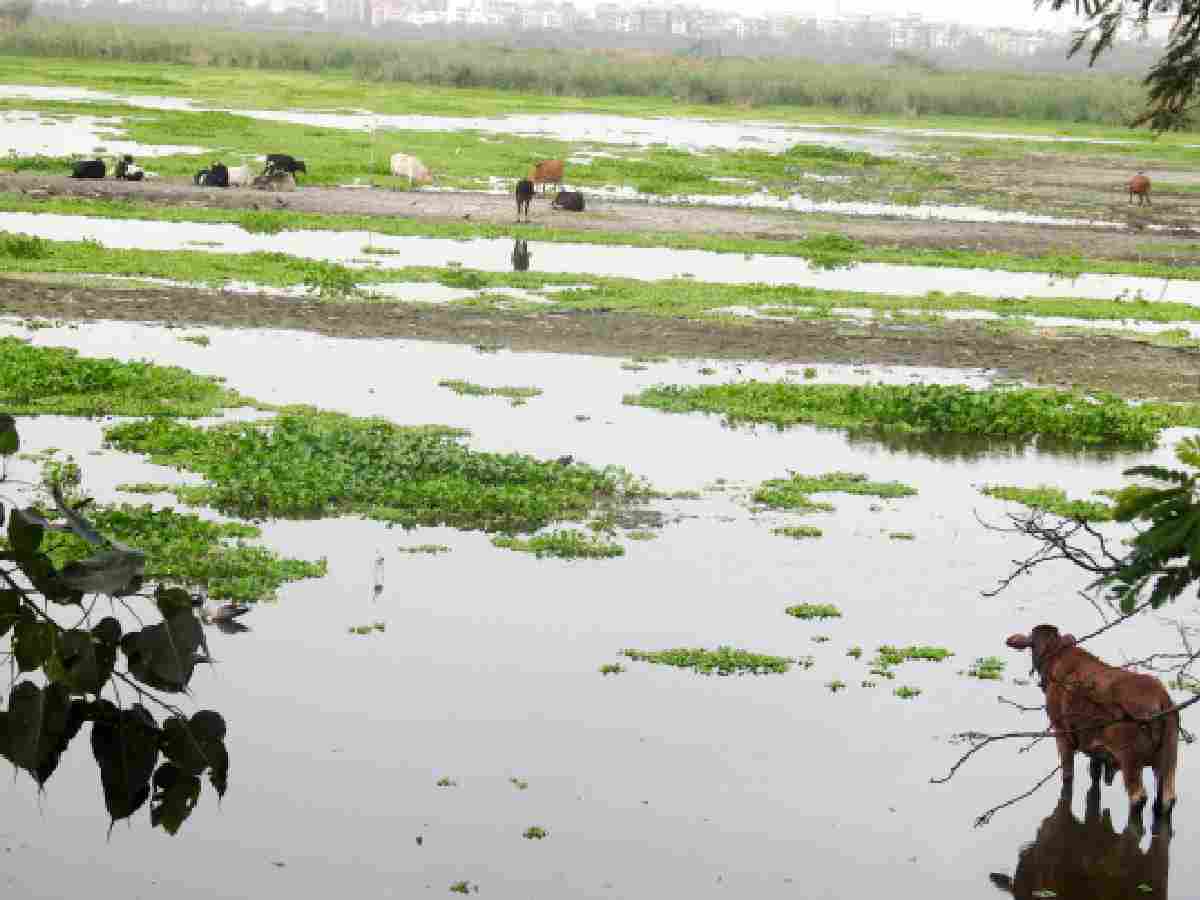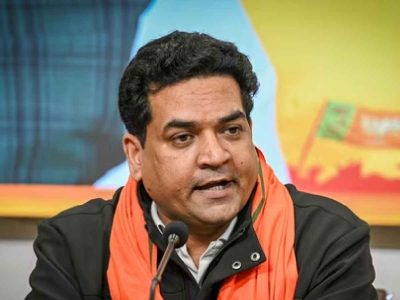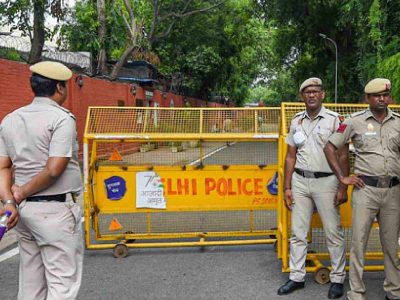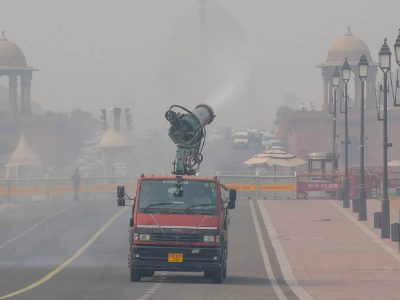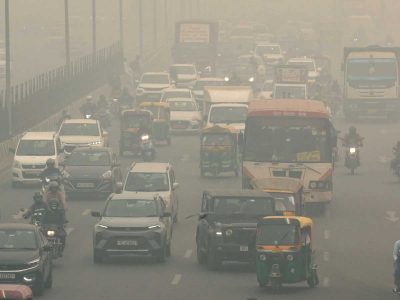Okhla Bird Sanctuary: The number of individual water birds and their species in the Okhla Bird Sanctuary have declined by almost half in the last four years, according to the latest Annual Waterbird Census (AWC).
Only 32 bird species and 3,380 individual birds were recorded in 2024, as against 62 species and 8,776 individual birds in 2020.
These variations highlight significant changes in the birdlife population and diversity over the period, with a worrying decline in both aspects.
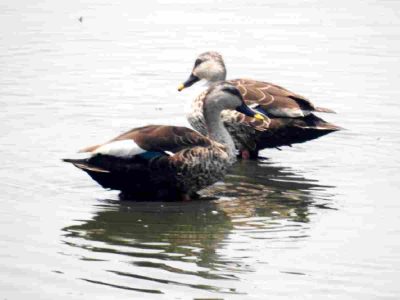
“The sanctuary is now experiencing a noticeable decline. The decline is attributed to a combination of factors, including the impacts of climate change and mismanagement of the sanctuary,” T K Roy, an Ecologist, Ornithologist and Conservationist, who served with OBS till 2022.
There was an increase in species diversity in 2021 — 73 from 62 in 2020, although the total number of birds declined slightly to 8,068. However, 2022 saw a significant decline in diversity to 47 species, even as the total number of birds increased to 9,143, marking the highest count in the period from 2020 to 2024.
The trend continued with a further drop in species diversity in 2023 — only 36 species and a total of 6,083 individual birds. The 2024 census, however, experienced the biggest decline as mentioned above.
Changes in biodiversity
The monthly biodiversity status of the Ornithological and Botanical Survey (OBS) for the month of May over the years 2016 to 2024, showcased significant trends in the diversity of water birds, terrestrial birds, terrestrial plants, herbs, and shrubs.
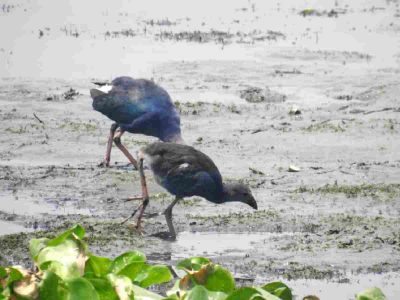
In May 2016, the survey recorded 24 species of water birds, 39 species of terrestrial birds, 25 species of terrestrial plants, 10 species of herbs, and 10 species shrub species.
The following year, in May 2017, there was an increase in both water and terrestrial bird species to 31 and 42 respectively, while the number of terrestrial plants decreased slightly to 21 species, and herbs reduced to nine species.
By May 2019, the diversity of water birds and terrestrial birds remained relatively stable with 29 and 40 species respectively. However, the diversity of terrestrial plants declined further to 20 species, and herbs dropped to seven species.
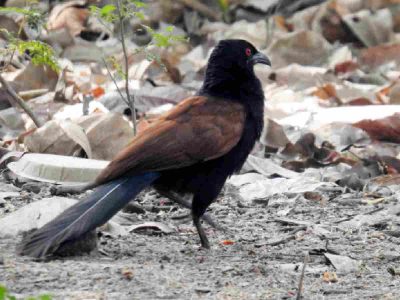
A more noticeable decline in biodiversity was recorded in May 2022, with water bird species decreasing to 21 and terrestrial bird species to 37. The number of terrestrial plant species decreased significantly to 12, and herbs to six species, indicating a downward trend in plant diversity.
The most recent data from May 2024 shows the lowest figures across all categories over the eight-year period.
Water birds were recorded at 16 species, terrestrial birds at 28 species, terrestrial plants at eight species, and herbs at five species. This steady decline in species diversity across the surveyed groups highlights a concerning trend in biodiversity reduction, suggesting potential environmental changes that are impacting the region’s ecological balance.
The Okhla Bird Sanctuary sanctuary, designated as an Important Bird Area (IBA) and a part of the National Chambal Sanctuary Project, is spread over four square kilometres.
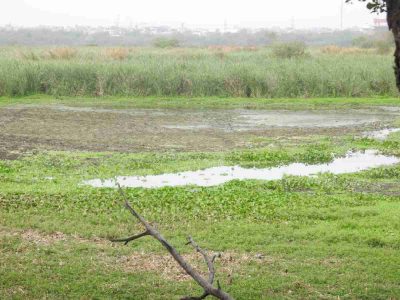
Roy said, “Over the past decade, field monitoring based on the Wildlife Institute of India’s (WII) 10-year management plan (2011-12 to 2021-22) has revealed a concerning trend of decreasing biodiversity since 2016-17 up to 2023-24. Despite being under the protection of the Gautam Budh Nagar Forest Division, the sanctuary has faced challenges due to mismanagement, resulting in violations of Wildlife Protection Act 1972.”
Roy said mismanagement is the key reason behind the decline of the sanctuary.
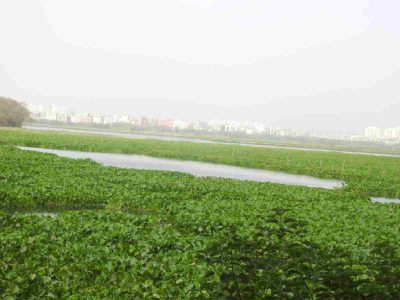
“Following the expiration of the 10-year management plan, the sanctuary has witnessed further degradation, with unauthorised constructions and roads encroaching upon its habitat. Despite receiving significant funds from the Ministry of Environment, Forest & Climate Change (MoEFCC) for integrated development of wildlife habitat but these resources have been misused, exacerbating the sanctuary’s plight.”
Also Read: Migratory birds land in Delhi’s polluted winter
The sanctuary’s habitat, biodiversity, and ecosystem have suffered as a consequence of both global climate change and local mismanagement. The impact is evident in the declining numbers and species diversity of winter migratory water birds, as evidenced by the five-year Asian Waterbird Census (AWC) conducted by Wetlands International South Asia.
As per Roy’s observation, heavy construction in and around the park is causing decline or ruining the habitat.
“They are trying to commercialise the area and trying to make more money out of it; there is road built inside the sanctuary, not only are the species getting affected by this but the wetland and habitat are also dead. This is violation of the Wildlife Protection Act, 1972, Indian Biodiversity Act, 2002, and Indian Environment (Protection) Act, 1986. The sanctuary is converted into Tourism Sanctuary now.”
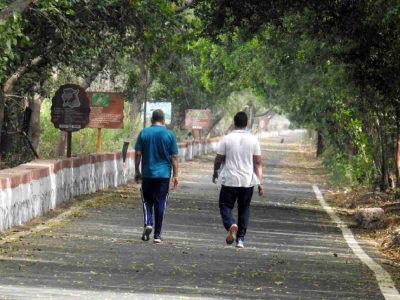
As per a Supreme Court order, it is essential to seek recommendations from the standing committee of the National Board of Wildlife (NBWL) if any project requiring environmental clearance is located within the eco-sensitive zone around a wildlife sanctuary or a national park.
In the absence of such delineation, recommendations are required if the project lies after the NGT Order for OBS NBWL meeting Draft Notification, the Eco-sensitive Zone will be 100 meters to 1 km around the Okhla Bird Sanctuary, against 10 km and then MoEFCC issued Draft Notification in 2014 an area up to 100 meters from Easter, wester, southern boundary & on northern boundsry 1.27 km as Eco-sensitive zone of the sanctuary.
But the construction work around the Okhla Bird Sanctuary was started without obtaining necessary clearance from NBWL.
According to Down to Earth’s 2023 report, construction work around the Okhla Bird Sanctuary began without obtaining the necessary clearance from the NBWL.
Over 50 developers have initiated construction projects within a 10 km radius of the sanctuary without securing the required permissions from the relevant authorities.
The construction work near the sanctuary poses an additional threat to the already vulnerable wildlife, compounded by the risk of electromagnetic radiation from nearby cellular phone towers.
Previously, the Gautam Budh Nagar Forest Department mandated clearance for setting up mobile towers within a one-kilometre radius of the sanctuary and urged the Noida Authority to halt any new approvals.
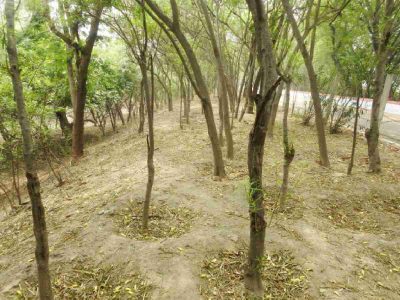
Roy has also expressed concern about the wetland’s condition and the drying water levels, which are causing many species to leave the Okhla Bird Sanctuary.
He noted, “This is the breeding season, and we saw very few breeding activities. Many residential birds have left, and the numbers of some species have declined.”
He added that there is a decreased diversity of resident bird species with the smallest populations and the least breeding activity in the sanctuary.
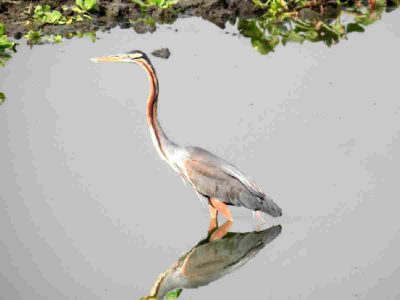
“The ground habitat is almost barren, lacking herbs and shrubs, except for some naturally grown, non-beneficial trees like Subabul and Acacia, and a limited number of useful planted trees. The wetland, covered with excessive floating water hyacinth, is starting to dry up, and the marshland area is fully covered by Typha plants. They are focussing more on beautification, planting useless trees, and placing seats everywhere, causing significant disturbance to the healthy habitat.”
The Okhla Bird Sanctuary comprises 70% wetland and 30% terrestrial habitat.

